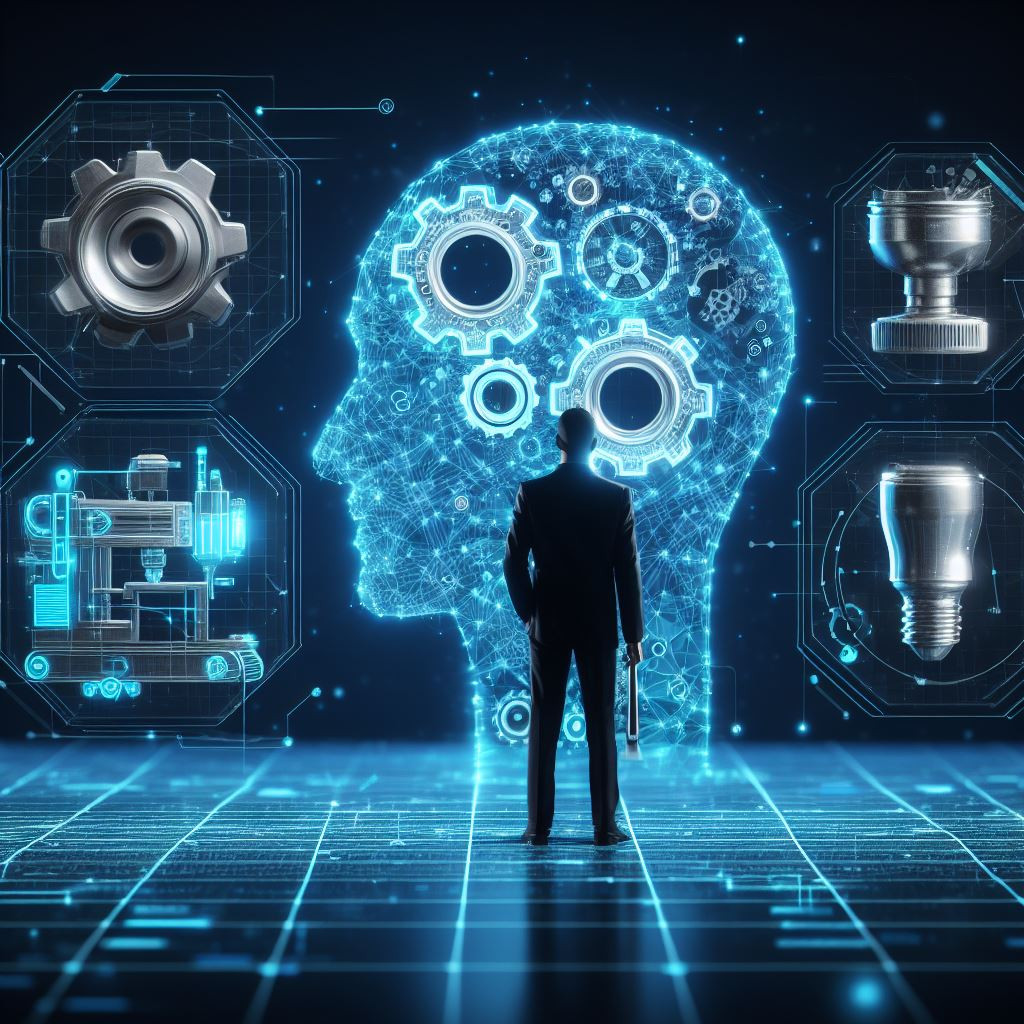In the fast-paced world of technology and Industry 4.0, the concept of digital twins has risen to prominence, promising to reshape the way we understand and interact with the physical world. But what exactly are digital twins, and how do they hold the potential to redefine our relationship with reality?
Defining Digital Twins
Digital twins represent dynamic virtual replicas of physical entities, systems, or processes. They transcend mere static representations by establishing a real-time connection to their physical counterparts, consistently fed with data from an array of sources, including sensors and IoT devices. This continuous data influx ensures an accurate and up-to-the-minute emulation of the real-world system.
Key Characteristics and Benefits
Digital twins possess several defining characteristics that set them apart as transformative tools:
Real-Time Data: The lifeblood of digital twins flows from the continuous stream of real-time data emanating from sensors and IoT devices. This constant data feed maintains an accurate reflection of the physical system.
Predictive Capabilities: Many digital twins integrate predictive abilities, powered by machine learning and AI. This empowers organizations to anticipate potential issues and enact corrective measures before they materialize.
Prescriptive Capabilities: Going a step further, certain digital twins offer actionable recommendations for system optimization, driving data-driven decision-making and process enhancement.
Integration: Digital twins exhibit remarkable adaptability, seamlessly integrating with other systems such as Enterprise Resource Planning (ERP) and Manufacturing Execution Systems (MES). This integration streamlines data sharing and insights, ultimately improving operational efficiency and decision-making.
Real-World Application
Digital twins have permeated various industries, offering versatile solutions to an array of challenges:
Manufacturing: Digital twins streamline production processes, enhance quality control, and facilitate resource allocation by providing dynamic representations of production lines.
Automotive: They play a pivotal role in the development of self-driving cars and enhance racing car performance through training and simulation.
Healthcare: Digital twins aid in creating personalized treatment plans and improving patient outcomes by simulating the effects of various treatment approaches on individual patients.
Energy: In the energy sector, digital twins optimize power grids, bolster energy production efficiency, predict demand and supply trends, and identify and mitigate potential issues.
Smart Cities: Digital twins of cities play a crucial role in traffic management, pollution reduction, and the optimization of public services by simulating the impact of various transportation policies on traffic congestion and air quality.
Digital Twins can be somewhat tricky to classify and therefor it can be challenging to compare two digital twins. However, there exist a few key characteristics on how digital twins can be classified based on:
- The Types of Digital Twin
- The Digital Twin Level of Integration
- The Digital Twin Level of Sophistication
Using these key characteristics and metrics allows to quickly describe the meta characterisits of a particular digital twin implementation and therefore, these metrics will be used throughout the Digital Twin Atlas.
A Glimpse into the Future
The potential of digital twins extends far beyond their current capabilities. In the near future, autonomous digital twins have the potential to redefine our interaction with the physical world. Their capacity to autonomously make decisions and take actions represents an evolution that could revolutionize sectors across the board, ushering in an era of unparalleled efficiency, productivity, and safety. As technology continues to push the boundaries of innovation, digital twins remain at the forefront, poised to reshape the world as we know it.





